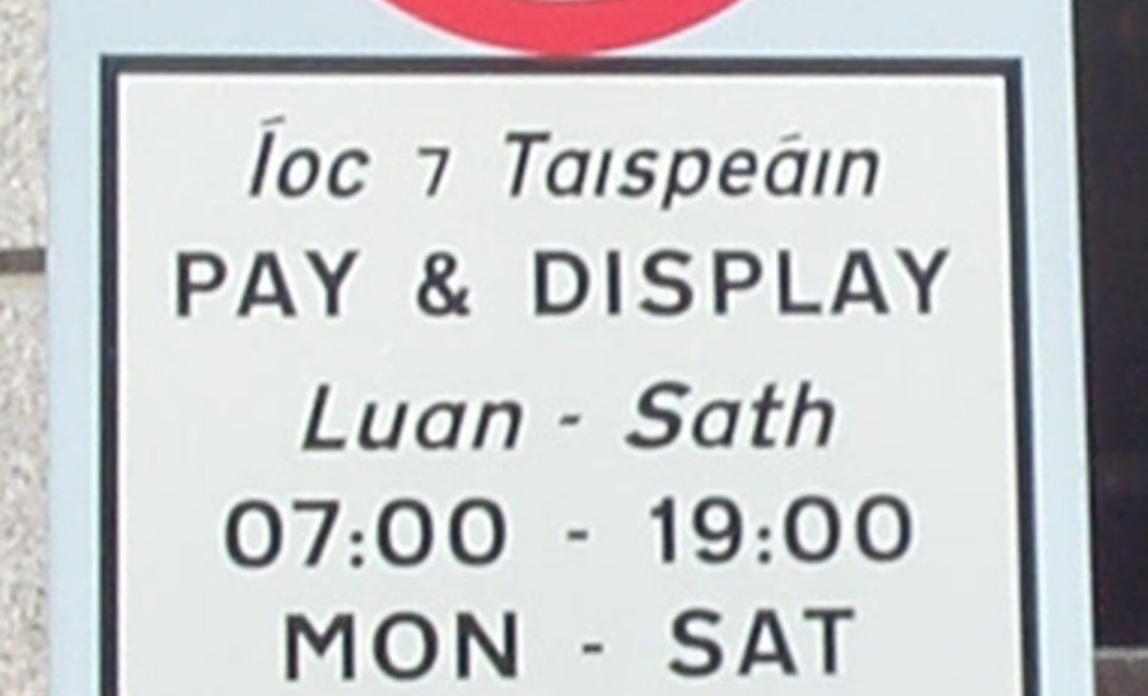Tironian Notes

Irish parking sign with a Tironian ⁊, or et.
If you visit Ireland, you’ll see that official signs (such as road signs and the like) are written in both English and Irish. On some of them you’ll see a character that looks like a backwards ‘r’, like this: ⁊. It’s used instead of an ampersand, or &. Although I knew the glyph and its meaning (it’s common enough on signage, and some of my teachers used it when they wrote on the board), until yesterday I never knew why it looked like that. I learned yesterday from a friend that the symbol has its origins in the Tironian Notes, a Roman system of shorthand attributed to Cicero’s scribe Marcus Tullius Tiro. The complete shorthand has several thousand symbols and it survived in various forms (and in varying degrees of use) through the Middle Ages, as monks used it to write things. Like the more conventional ampersand, the Tironian ⁊ is short for “et”, which is of course the Latin for “and”. (Modern typographical ampersands, especially italic and decorative ones, often make the “et” quite easy to read.) The survival of the Tironian ⁊ also explains something else that I had idly noticed in the past, but never bothered to figure out—namely, the presence of a ‘z’ in the abbreviation “viz”. I knew “viz” means “namely” or “as follows” and that it is short for “videlicet”, in the same way that, e.g., “e.g.” is short for “exempli gratia”. But Latin has no letter “z”, so how did “videlicet” get abbreviated that way? The answer is that the “z” is actually a Tironian et, so the abbreviation was originally “vi⁊”, which makes a lot more sense.